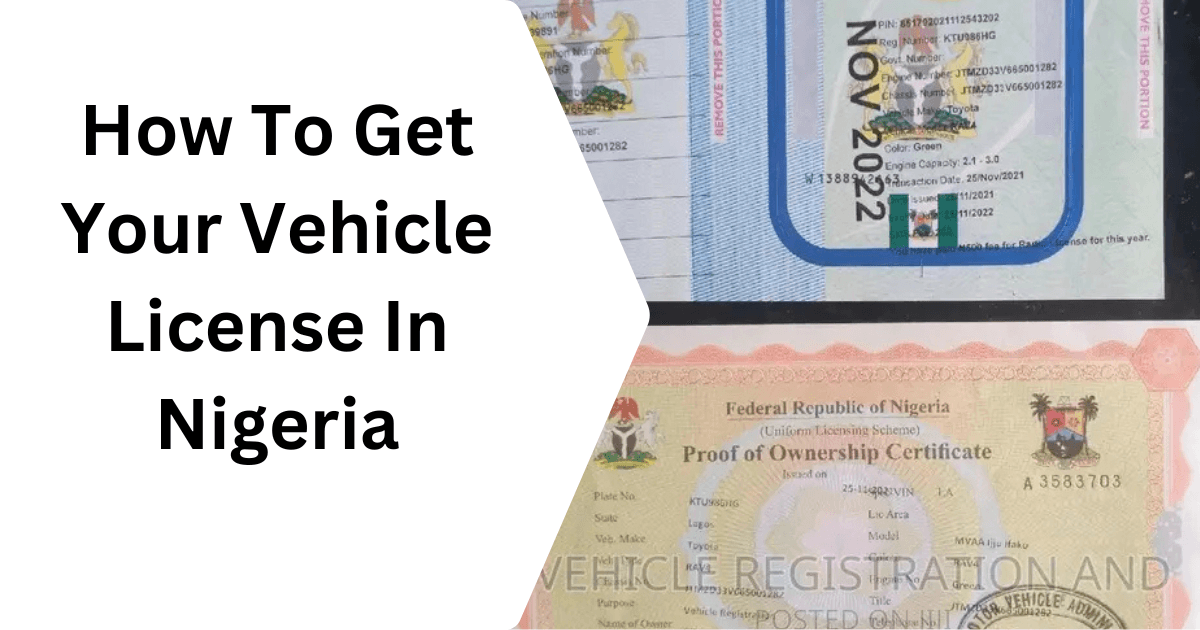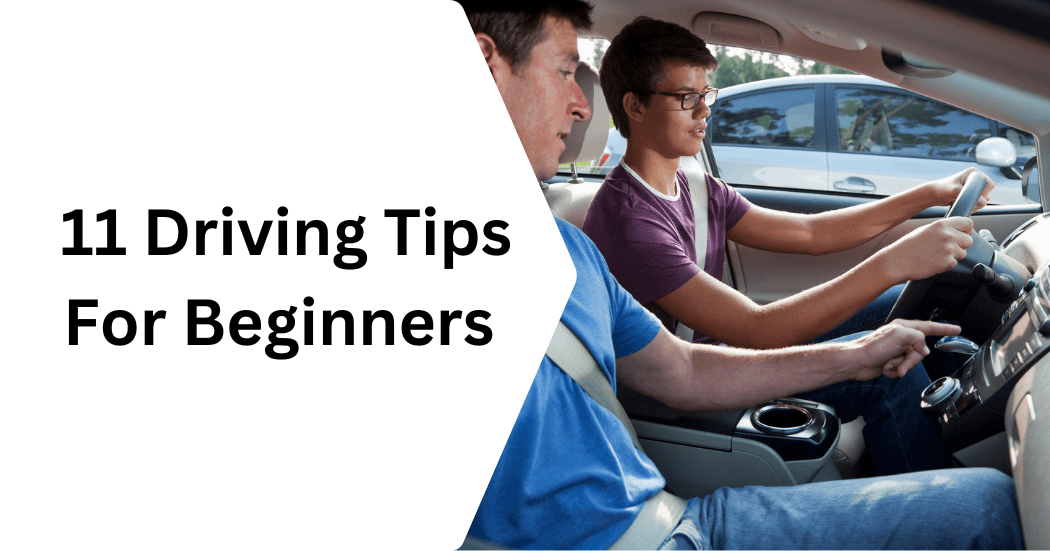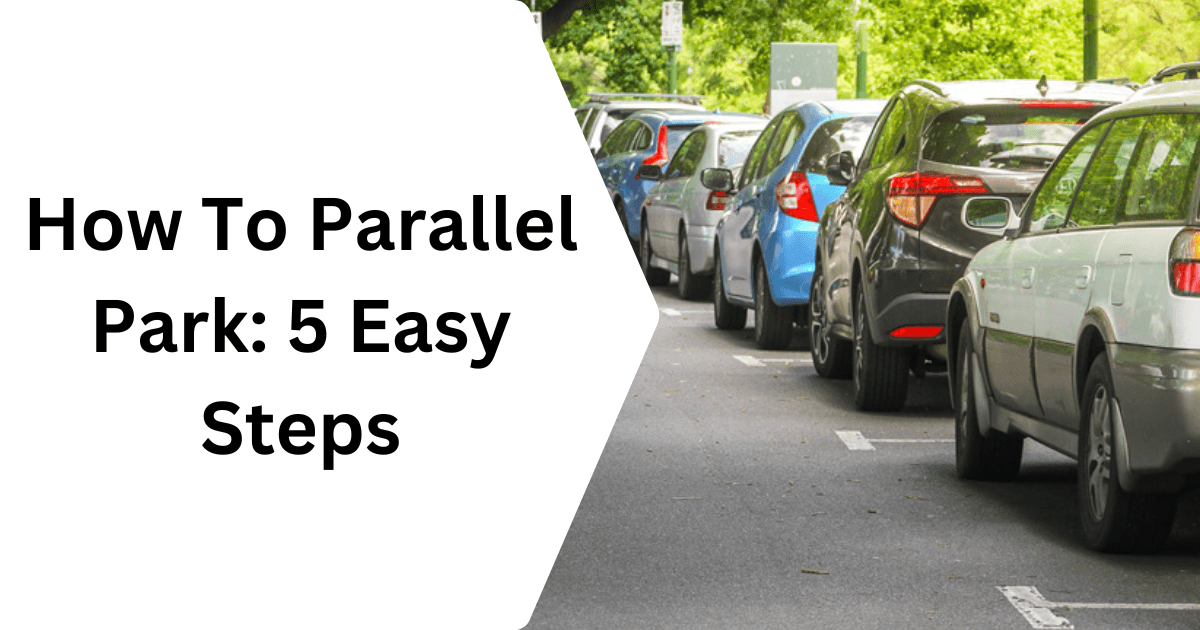Learning to drive can feel overwhelming, especially when you’re just starting. Your driving instructor is there to guide you and answer all your questions. It’s important to speak up and ask anything you’re unsure about, so you can feel confident behind the wheel and make quick progress through your lessons. Here are the top ten questions to ask your driving instructor, along with explanations on why they matter.
What Should I Check Before Starting the Car?
Before you start driving, there are a few important things you need to check to make sure your car is ready and safe. These checks include adjusting your seat and mirrors, making sure your seatbelt is on, and checking the position of the gear lever (it should be in “Park” or “Neutral”). You should also check that the handbrake is on, and look around the car to ensure there are no obstacles or hazards nearby. Finally, take a quick look at your dashboard to see if any warning lights are on.
These checks are important because they help you stay safe and avoid accidents. For example, adjusting your mirrors will give you a clear view of the road around you, while making sure the handbrake is on will prevent your car from rolling when you start the engine. By taking a moment to do these checks, you can drive more comfortably and confidently, knowing that everything is in order.
What Is the Average Number of Lessons It Takes to Pass?
Asking about the average number of lessons it takes to pass gives you a realistic idea of how much time and money you might need to invest in learning to drive. It helps you plan and set clear goals for your lessons, so you know what to expect. If you have an idea of the average, you can measure your own progress and see if you are on track or if you might need extra practice in certain areas.
Knowing the typical number of lessons also reduces stress and makes learning easier. Sometimes, new drivers might feel pressured to pass quickly, but understanding that everyone learns at a different pace can be reassuring. By asking your instructor this question, you can better manage your expectations and focus on improving your skills rather than rushing through the process.
How Do I Properly Adjust My Seat, Mirrors, and Steering Wheel?
Before you start driving, it’s important to take a moment to adjust your seat, mirrors, and steering wheel. Adjusting your seat ensures you can comfortably reach the pedals, see the road clearly, and have good control over the steering wheel. Next, set your side mirrors so that you can see the lanes beside you, and adjust your rearview mirror to give a clear view of the road behind. Make sure the steering wheel is at the right height and distance, so you can easily hold it without straining your arms.
Properly adjusting these parts of your car is essential for safe driving. If your seat is too far back, you might not be able to reach the pedals easily, and if your mirrors aren’t positioned correctly, you could miss seeing other cars in your blind spots. The right steering wheel position will help you steer smoothly and avoid feeling tired during long drives. These adjustments make it easier to react quickly to any situation on the road.
Do You Provide Personalized Lesson Plans?
Asking if your driving instructor provides personalized lesson plans is important because it ensures that your lessons are tailored to your specific needs. Every learner is different; some may struggle with parking, while others might need more help with driving on highways. A personalized lesson plan allows the instructor to focus on your weak areas, helping you improve faster and build confidence behind the wheel. This way, you won’t waste time practising skills you are already comfortable with.
Knowing if personalized lessons are available also gives you a sense of control over your learning. You can work with your instructor to set goals and decide which skills to focus on each lesson. This makes your driving practice more effective and enjoyable, as you will see progress in the areas that matter most to you. By asking this question, you make sure that your lessons are designed to help you become a safe and skilled driver.
How Can I Overcome Nervousness While Driving?
Feeling nervous while driving is common, especially for new drivers. The key to overcoming this fear is to stay calm and focus on what you are doing. Take a few deep breaths before starting your drive, and remind yourself that you are in control. It’s also helpful to start driving in areas that are quiet and less crowded, where you can practice without feeling pressured. Gradually, as you become more comfortable, you can move to busier roads.
Overcoming nervousness is crucial because being calm helps you make better decisions on the road. If you are too anxious, you may have trouble focusing or react too quickly to situations, which can be dangerous. Staying relaxed allows you to think clearly, pay attention to your surroundings, and drive more safely. Confidence grows with practice, so the more you drive, the less nervous you will feel.
To feel less nervous, start by driving with a trusted friend or instructor who can guide you and offer support. Practice basic skills like turning, parking, and braking in a safe area until you feel more confident. Make sure to plan your route in advance so you know where you are going, and listen to calm music to help you relax. Remember, everyone was a beginner at some point, and with time and practice, driving will become much easier.
How Do You Track Progress and Provide Feedback?
Knowing how your driving instructor tracks your progress and gives feedback is important for your learning. Good instructors often have a clear plan to monitor how you are improving, noting the skills you have mastered and the areas where you still need practice. They might use a checklist, a progress report, or regular reviews to help you understand how far you’ve come. This way, you can see your strengths and focus on the skills that need more work.
Feedback is key to becoming a better driver because it helps you learn from mistakes and build confidence. A good instructor will give you honest and clear feedback during and after each lesson, so you know exactly what you did well and what needs improvement. When you understand how your progress is tracked, you can set realistic goals and see your driving skills improve step by step.
How Do I Safely Change Lanes?
Changing lanes safely is an important skill every driver needs to learn. The key steps to changing lanes are to check your mirrors, signal your intention, and look over your shoulder to check your blind spot. Start by checking your rearview and side mirrors to see if there are any cars in the lane you want to move into. Then, turn on your signal to let other drivers know you plan to change lanes. Finally, quickly look over your shoulder to make sure there is no car in your blind spot, which is the area that mirrors can’t show you.
It’s important to follow these steps because changing lanes without proper checks can lead to accidents. Blind spots can hide cars that are close to you, so looking over your shoulder helps you see what your mirrors might miss. Signalling early lets other drivers know your plans, which helps them adjust their speed if needed. Following these safety steps gives you more control and reduces the risk of sudden surprises on the road.
When Should I Use My Turn Signals?
Turn signals are an important way to communicate with other drivers on the road. You should always use your turn signals when you are planning to turn, change lanes, or merge into traffic. This includes situations like turning at intersections, entering or exiting a parking spot, and when you are about to make a U-turn. Make sure to turn on your signal early so other drivers have enough time to see it and adjust their driving if needed.
When you signal, you let other drivers know what you plan to do, which reduces the risk of accidents. For example, if you want to change lanes, signalling first gives the cars behind you a chance to slow down or make space for you. Skipping this step can confuse and lead to sudden braking or collisions.
What Are the Rules for Parking?
Parking safely and correctly is an important skill for every driver. When parking, always make sure your car is fully within the parking space and not blocking any other vehicles or walkways. Follow the signs and markings that show where you are allowed to park, and pay attention to any special rules, such as “No Parking” zones, handicap spaces, and loading areas. If you are parallel parking, leave enough space in front of and behind your car so other drivers can easily move out of their spots.
Follow parking rules to avoid getting fined or having your car towed. Parking in a restricted area, like in front of a fire hydrant or a driveway, can lead to serious consequences. Some places have time limits for parking, so make sure to check any posted signs to see how long you are allowed to park. Knowing and following these rules will help you avoid problems and ensure that your car is parked safely and legally.
How Do I Know When to Brake?
Braking at the right time is crucial for safety. If you brake too late, you might not be able to stop in time, which can lead to accidents. On the other hand, braking too early or too suddenly can cause cars behind you to stop quickly, increasing the risk of a rear-end collision. It also makes the ride more comfortable for everyone in the car.
To know when to brake, always stay alert and keep your eyes on the road. Watch the traffic signals, check for any obstacles ahead, and look at the brake lights of cars in front of you. Keep a safe following distance, which is usually about three seconds behind the car in front. This way, if the car in front starts to slow down, you have enough time to react and gently press the brakes without rushing. Practising these habits will help you learn to brake safely and smoothly in different driving situations.
How Can I Improve My Driving Skills After the Lessons?
Even after your driving lessons are finished, there are many ways you can continue to improve your skills. The most important thing is to keep practicing. The more you drive, the more comfortable and confident you will become behind the wheel. Start by driving in areas that are familiar to you, and then slowly challenge yourself by driving in new places, during different times of the day, and in different weather conditions. This will help you learn how to handle various situations on the road.
Improving your driving skills is important because it makes you a safer and more responsible driver. Practicing different maneuvers, like parking, changing lanes, and driving on highways, helps you react better to unexpected situations. The more experience you gain, the easier it will be to make quick, safe decisions, which can prevent accidents. Better driving skills also make you feel more confident and less stressed when you are on the road.
Another way to improve is to ask for feedback from experienced drivers, like family members or friends who can ride with you and offer helpful tips. You can also consider taking an advanced driving course to learn new techniques and skills, like defensive driving. Remember, driving is a lifelong skill, and the more you practice, the better you will become.
Wrap-Up
Asking the right questions during driving lessons is essential for building your confidence and mastering the skills needed to become a safe driver. Your instructor is there to guide you, so don’t hesitate to seek clarification on anything you don’t understand. Each question you ask helps you gain more knowledge and improve your driving abilities.
For more helpful resources, check out our other categories on driving tips, vehicle maintenance, and road safety. These guides are designed to make you a well-rounded and confident driver.
Remember, learning to drive is a process, and staying curious is key. Keep practicing, ask questions, and focus on improving every time you get behind the wheel. With time and effort, you’ll be ready to hit the road safely and confidently.




